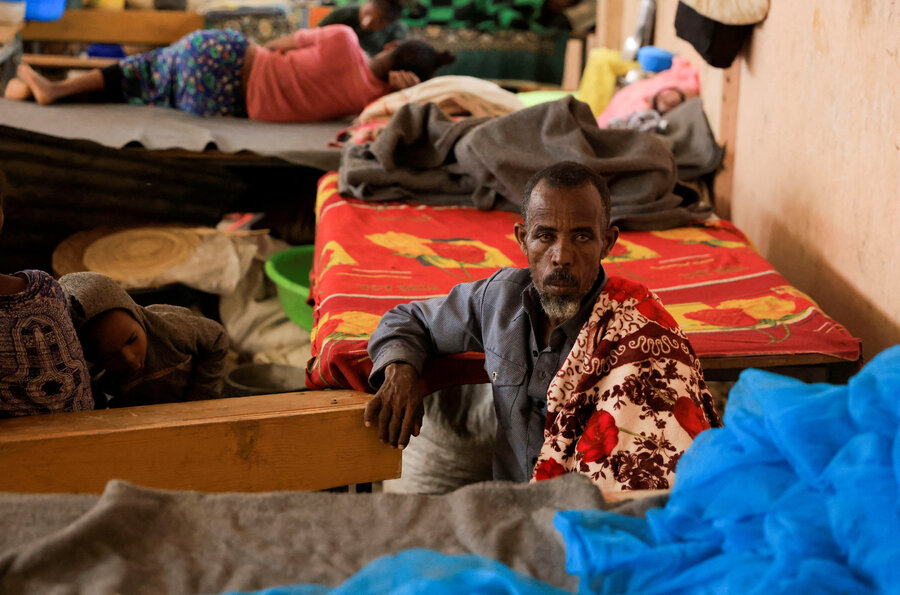Tigray refugees to return as Ethiopia holds vote on region’s future
Loading...
| Addis Ababa
Ethiopia’s federal government says the future of contested land in its northern Tigray region will be settled by a referendum, and hundreds of thousands of forcibly displaced people will be returned.
The announcement on Nov. 6 came one year after a cease-fire ended a devastating civil war in Tigray.
However, fighting between state forces and local militiamen continues to flare in the neighboring Amhara province, in what has become Ethiopia’s biggest security crisis since the end of the Tigray war, according to Reuters.
The disputed status of western Tigray, a patch of fertile land bordering Sudan, was a key flashpoint in the two-year conflict between the Tigray People’s Liberation Front, or TPLF, and the federal government.
Western Tigray belongs to Tigray province under Ethiopia’s constitution. But it was occupied by forces from neighboring Amhara, which claims the area as its own. Hundreds of thousands of Tigrayans were forcibly expelled, prompting accusations of ethnic cleansing.
In a statement to mark the anniversary of the cease-fire, the government said the displaced people would be returned and the federal military would assume responsibility for local security.
A referendum will then be held to reach “a final determination on the fate of these areas,” the statement said. It did not say when the referendum would be.
Ethiopia’s constitution says territorial disputes between regions can be settled based on “the wishes of peoples concerned” when officials fail to reach an agreement.
The TPLF in a statement published Nov. 3, said the cease-fire had not been fully implemented because large numbers of people are still displaced.
Amhara militiamen fought alongside the army during the war in Tigray, according to Reuters. Relations between the two sides have since soured, particularly after the federal government moved in April to integrate regional security forces into the police and army.
Suggestions that Prime Minister Abiy Ahmed might return the disputed land to Tigray helped fuel the violence in Amhara, which has turned into a rumbling insurgency in the countryside.
In late July, local militias known as Fano briefly seized control of some of the region’s towns.
At least 183 people were killed in the first month of the Amhara conflict, according to the United Nations. Ethiopia’s state-appointed human rights commission said last week that dozens of civilians had been killed in airstrikes and extrajudicial killings.
In one incident documented by the rights body, security forces killed 12 civilians, including several religious students, on Oct. 10 while searching a house in the Amhara town of Adet.
A week later, a 19-month-old child was among the victims of a drone strike in the town of Berehet Woreda, while another drone strike on Oct. 19 killed eight civilians in Debre Markos, the body said.
But with internet connections down across the region, it has been difficult to get a clear picture of the situation, according to Reuters.
Ethiopia’s government has rejected the accusations and said it has restored law and order to the region.
This story was reported by The Associated Press. Material from Reuters was used in this report.







